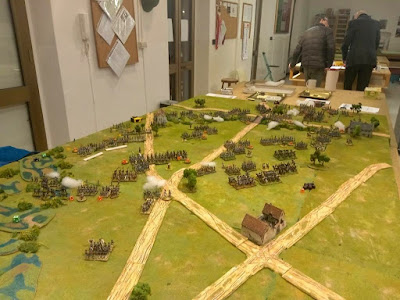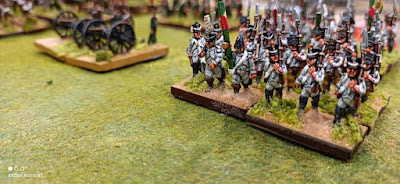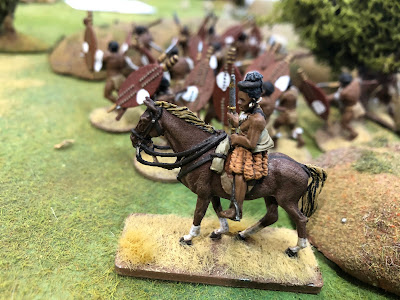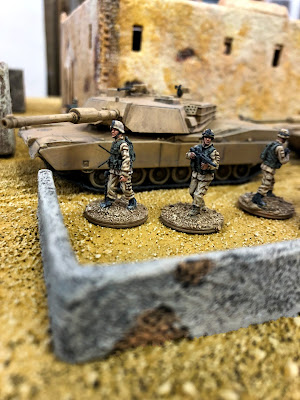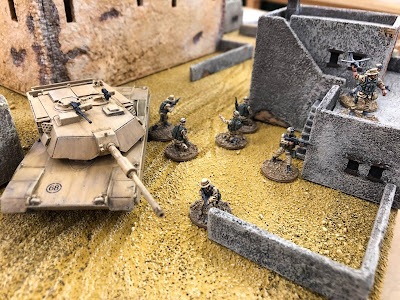In the history the battle was a strategical Austrian win. The Franco-Italian army suffered 3,000 killed, two colors and 19 guns fell into the hands of Austrians.
venerdì 18 marzo 2022
Sacile battle - Black Powder March 13, 2022
In the history the battle was a strategical Austrian win. The Franco-Italian army suffered 3,000 killed, two colors and 19 guns fell into the hands of Austrians.
venerdì 11 marzo 2022
Zulu army structure - Zulu wars March 2022
My friend Ezio painted a lot of miniatures for Anglo-Zulu war ... I took some pictures of his fantastic minis.
The organization of the Zulu army was profoundly different to its professional British counterpart. The army was a part-time citizen militia. Its structure was based on a system of age-based regiments called amabutho (sing. Ibutho).
Every two years the King summoned all the young people of the county who had reached eighteenth or nineteenth years age and created with them an Ibutho. Each Ibutho had a different name, a different uniform ... a combination of feathers and furs with a specific shield color scheme. These young men would remain in the King's service until their marriage.
After the marriage the soldier entered directly into the service of the royal family.
By the time of the Zulu War the number of regiments were (probably) 34 divided between married and unmarried ... Around 40,000 .... 50,000 men.
Skirmishing skills were extremely good.
Unlike the British forces, the Zulu army required few transports. Three or four days’ provisions consisting of maize or millet and a herd of beef cattle accompanied each regiment.
The standard Zulu battle formation resembled a crescent shape with two flanks moving to encircle the enemy. This formation, called "horns of the bull" had been developed over hundreds of years when hunting large herds of game.
sabato 5 marzo 2022
Modern warfare - March 2022
In my opinion Caesar sculpting is very good. Poses are dinamic and well designed ... below some special ops in action
Caesar built also some drone teams ... they were included into German army box but the OTAN' uniforms are similar
